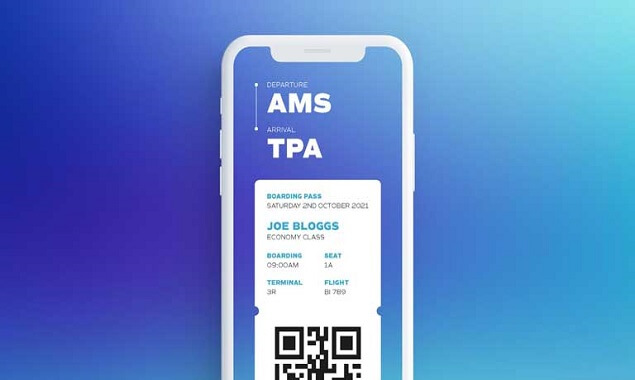
02 Dec How Artificial Intelligence is Shaping the Latest Trends in Baggage Handling
Baggage industry has a wide place in air transportation. Baggage transportation has been an industry that has been slow to transform compared to the changing world. However, lately, the investments and technologies used in this side excite people.
Airports and airlines operations are improving day by day and preparing for the future. We can list the three trends that led to this transformation as follows:
- Data-Driven Digital Automation
- Connected Seamless Experiences
- Creating a More Sustainable Future
Data-Driven Digital Automation
Whole industries already know how to turn data into dollars, by using customer behaviours and insights to target and deliver relevant products. The airline and airport operations teams are also realising data can help with baggage handling.
New AI technology can use photo recognition to track and reconcile baggage for each individual traveller, which can assist with forecasting the number of bags each customer is likely to carry based on previous trip data. This helps with staffing, aircraft cargo space, dynamic bag fees and more – all ancillary revenue generating opportunities simply based on storing baggage size and dimensional data connected to the passenger.
Connected Seamless Experiences
Airports and airlines want to be autonomous and passengers want autonomy too. In today’s fast-paced, hyper-connected world, travellers expect a seamless experience. From booking to check-in to arrival, they want to be informed of every trip detail, especially disruptions, and that goes for their baggage, too.
The industry will no longer solely rely on traditional paper bag tags and their potential for no-reads. If a bag loses its tag, today there’s little to no way to match the tagless bag to its passenger without costly, time-consuming manual labor. With today’s technological capabilities, the fact that a bag can be so easily separated forever from the person who checked it in, is not just absurd – it’s scary.
RFID has been helping cut down misplaced luggage, but the technology has been slow to adopt due to the cost. AI image recognition is coming to the rescue. With these systems, a bag is visually scanned and stored to an image database. The size, dimensions, colour, texture and individual characteristics like scratches, dents and stickers, are matched to that passenger not just for that journey, but for as many years as that passenger uses that bag. If it ever gets lost or misplaced, a simple scan with a smartphone can match it to the individual, who could also be following their own bag in transit through their airline’s app. It’s convenient for airports, airlines and passengers alike.
Creating a More Sustainable Future
A lot of eyes are on the airline industry’s carbon footprint, leaving many carriers searching for any opportunity to offset their emissions. One of the most impactful yet overlooked areas of opportunity is baggage.
The business of flight is about weight and utilising capacity as efficiently as possible. The payload of an aircraft is calculated by passengers, baggage, cargo and fuel. Visual AI is a cost saving and revenue generating factor when it comes to baggage dimensions and space optimisation. A visual pre-screening of baggage, which gathers size and dimension data, opens up a range of opportunities related to sorting, loading and forecasting efficient use of space, number of flights, and fuel consumption. This can help load aircraft smarter, make cargo transport more efficient, and ultimately reduce CO2 emissions.
BagsID Network, one of the frontrunners in this AI technology, ran repetitive test loading on an Airbus A350-900. This aircraft has 36 positions for LD3 containers, of which 11 or 12 are generally for baggage (on a full flight). The algorithm-based sortation process was used to influence the loading sequence of bags per container. The results were astounding – using two less LD3 containers for baggage that could now be utilised for freight, adding possible revenue of $2,000 per container. This interesting business case proves that more intelligent sortation can help not just the bottom line but also the planet – with less flights needed to move more cargo.
In Summary
Picture the possibilities of photographing every bag, extracting data, and sharing that information with existing systems. This AI technology doesn’t just optimise baggage handling, tracking and tracing – it helps develop new services, efficiencies and revenue streams. It can also reduce and combat fraudulent damage claims, providing photo evidence of each bag’s condition upon check-in and arrival. Better yet, this technology is a reasonably priced SaaS service and the data gathered is almost infinitely reusable.
Today’s baggage handling trends point to a tagless future, where we can utilise existing infrastructure to provide profits instead of costs. A picture is worth a thousand words, but for our industry, pictures are worth a whole lot more.
